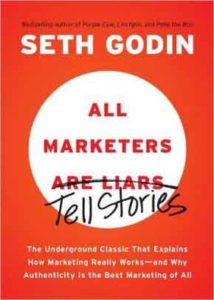Can Business Blog Writing “Make the Man”?
 When Shakespeare’s Polonius was sharing his wisdom with Laertes, he mentioned how important clothing is in making a good impression:
When Shakespeare’s Polonius was sharing his wisdom with Laertes, he mentioned how important clothing is in making a good impression:
“Costly thy habit as thy purse can buy,
But not express’d in fancy; rich, not gaudy;
For the apparel oft proclaims the man.”
Generations later, Mark Twain quipped, “Clothes make a man. Naked people have little or no influence in society.”
But clothes affect not only the impression we make on others, Dr. Jordan Gaines Lewis points out in Psychology Today. What we wear affects how we perceive ourselves. Lewis cites a study done at Northwestern University that revealed that when researchers wore a white coat when interacting with participants and parents, they not only received more respect, but subconsciously felt more professional.
“How we behave is clearly affected by the clothes we wear,” Dr. Helene Pavlov opines in the Huffington Post. It is important for individuals to realize that maybe the clothes DO make the man or the woman!
I’ve actually expressed something of the same sentiment on the Say It For You website. “When you put up a blog with excellent content that engages your potential and current customers, you will typically receive the following four types of benefits: An SEO benefit, a promotional benefit, a credibility benefit, and (this is the one that comes closest to the “clothes make the man” concept), a training benefit.
The way I explain the training benefit is this: When you blog, you verbalize the positive aspects of your business in a way that people can understand. You put your recent accomplishments down in words. You review the benefits of your products and services and keep them fresh in your mind. In other words, you are constantly providing yourself with training about how to talk effectively about your business.
Can it be that the words in which you “clothe” your business or practice, as you are presenting it to the world in your blog, will have an effect on the passion with which you actually run your business or practice?
Can business blog writing “make the man”?





Follow us online!